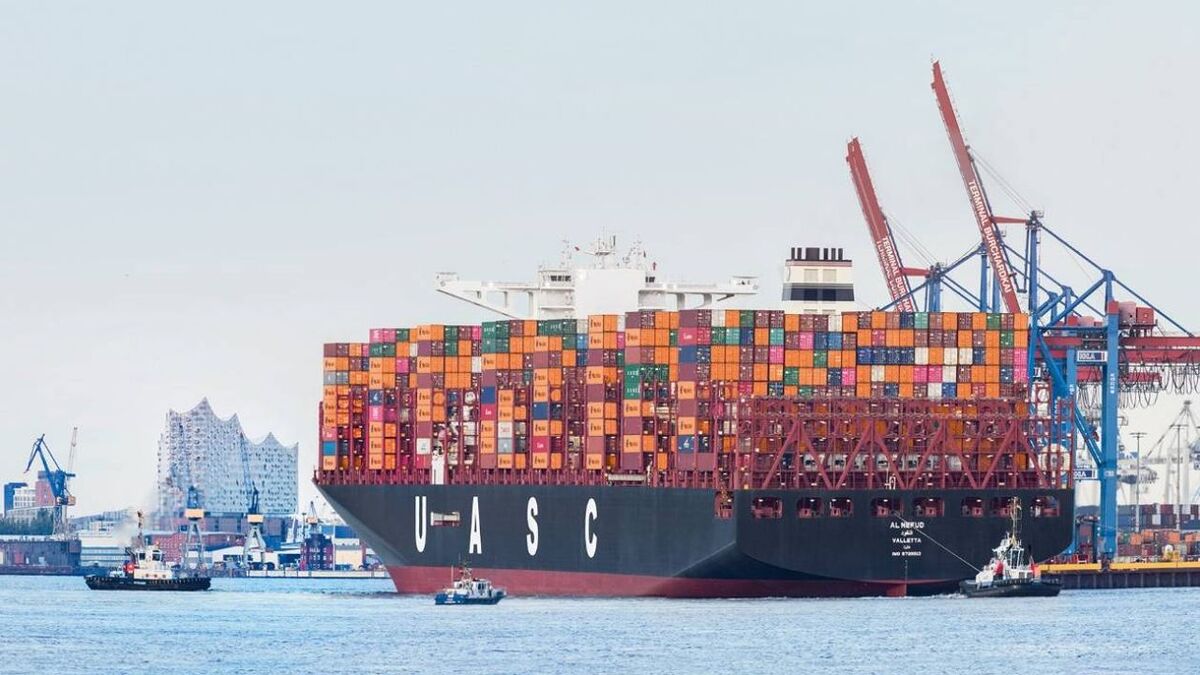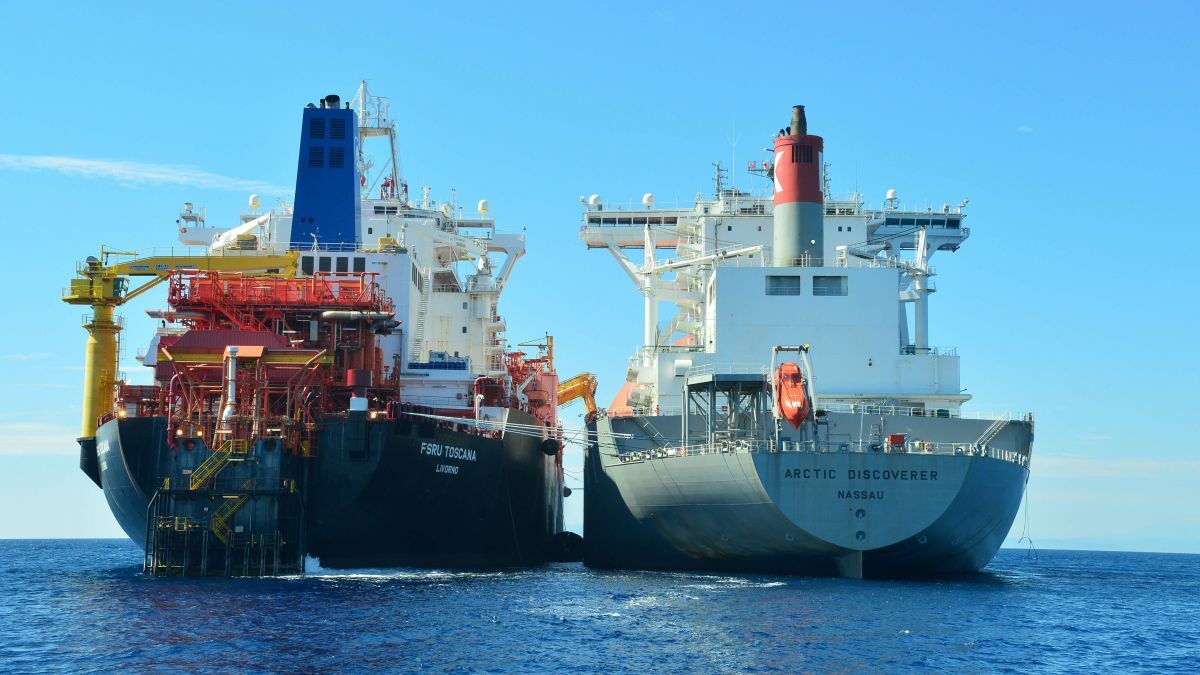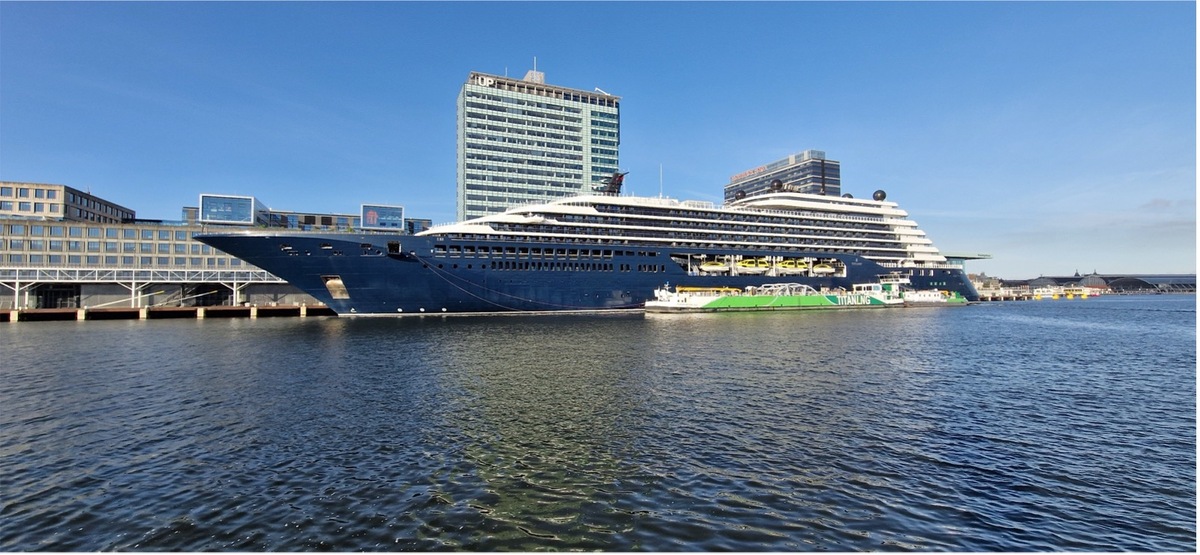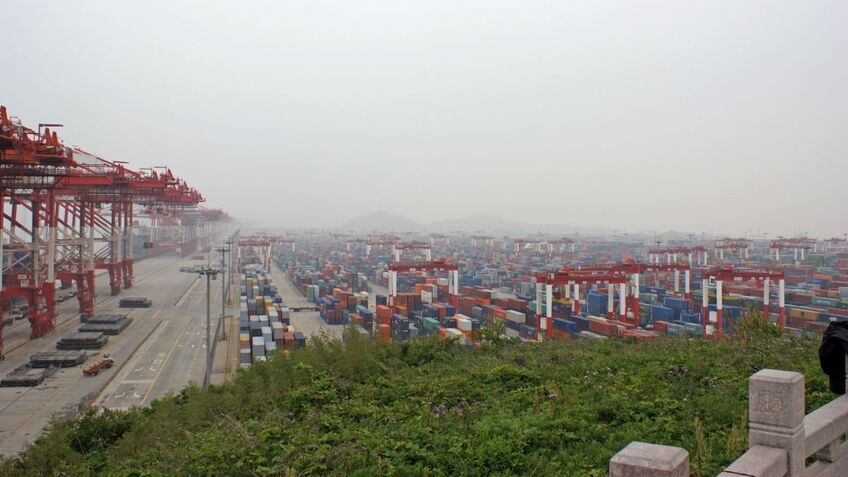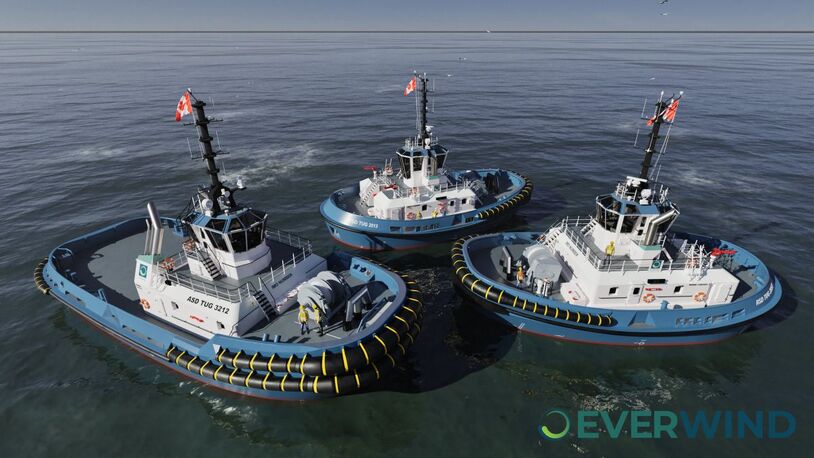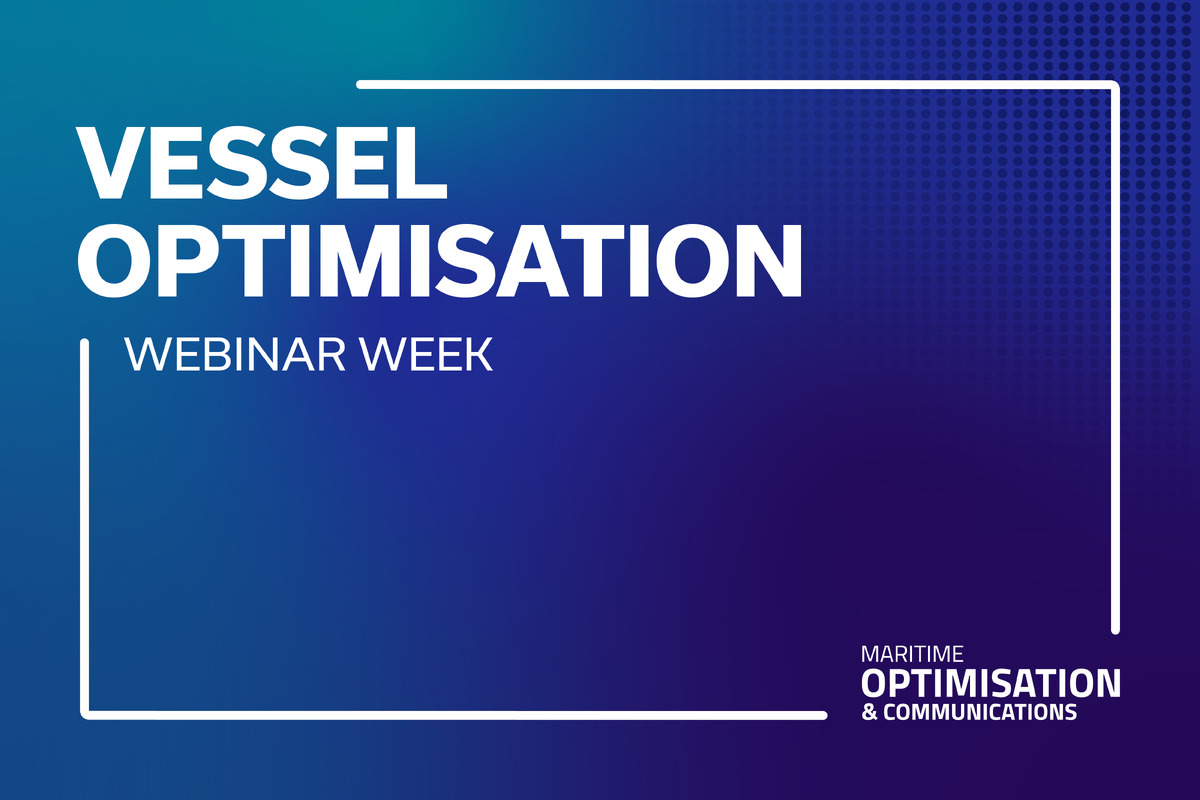Business Sectors
Contents
Register to read more articles.
Just-in-time arrivals on the rise in box shipping
Just-in-time arrivals are progressing, but there is still some way to go in terms of digitalising container ports
The move within the container shipping sector for deploying just-in-time port calls is gaining momentum – but there are still challenges to overcome.
Container Shipping & Trade’s Digitalising container terminal operations: where, why and how webinar assembled a panel to discuss topics spanning the development of standardisation of port data, the development of just-in-time programmes and increasing visibility and predictivity.
Panellists were: DCSA director of programmes Christian Gyntelberg, DSP – Data and Systems Planning professional services director Patrick Rhodes and Portchain ApS chief executive and co-founder Niels Kristiansen.
Mr Gyntelberg kicked off the webinar to explain the DCSA’s just-in-time port call standards. He said, “Just-in-time (JIT) port call standards can enable efficiency savings and emissions reduction for the industry.”
He singled out how IMO figures released this year show nearly 6% fuel savings in JIT arrivals in container shipping.
JIT standards
And it is not just vessel operators achieving these benefits because JIT standards, Mr Gyntelberg points out, are about creating transparency to improve safety and sustainability. “We believe terminal operators and port authorities can benefit by becoming more efficient and sustainable by working in the same way across the world.”
Indeed, ports follow different working procedures and communicate differently with vessels, which is “difficult for operators when they operate globally”.
DCSA’s JIT port call standards are a standardised way of negotiating a timestamp or event. Mr Gyntelberg said, “A vessel will publish its ETA to the port and sometimes, the terminal will say ‘no room, we are congested, you need to adjust it’ and… that will be ongoing until they agree on a time. It then becomes a planned event published to other stakeholders. Making this transparent allows all stakeholders to benefit.”
It allows port stakeholders to look at how they compare against other ports.
DCSA’s standards are supported by business processes and data models, semantics, API specifications and references and interface standards based on user stories and a sandbox for testing.
“This our way of driving forward standardisation,” said Mr Gyntelberg.
Manual versus digital
Next, Mr Rhodes spoke about how the next level of efficiency using data is needed in container ports. “On the software side, there have been advances, many terminals are using highly advanced systems but are also using paper tickets… and the supply chain is largely reactive rather than proactive.
“Terminals are very reluctant to share data – they feel it is proprietary information and don’t want anyone to have access to it. Things are beginning to change, but there is a lot of catching up to do.”
Highlighting how the need to digitalise has increased, he commented, “There has been a pandemic that hit the world and then so many people were working from home – there was a boom in the industry of containers and terminals are struggling to keep up.”
He said, “Digitalisation is about working smarter not harder”.
DSP’s Gemini product helps predict what is coming in the future and what the typical cargo mix will be, what production will be and what the on-time performance will be. This means the “terminal becomes more proactive and less reactive,” explained Mr Rhodes.
Meanwhile, Portchain ApS’ Mr Kristiansen unveiled the company’s Portchain Connect, which is linked to JIT. Highlighting the benefits, he said “The prize is significant fuel and transmission savings.”
Speaking about the “significant challenges” ports and other stakeholders face, he said, “Data is a highly manual process, shared in an unstructured format and it is hard to keep track of changes.” It is also hard to achieve transparency.
Portchain’s cloud-based planning products support carriers and terminals to align, plan and optimise their berthing processes. Since the beginning of this year, Portchain Connect has been rolled out at 22 terminals and Portchain is working closely with DCSA and Hapag Lloyd, as well as doing a multi terminal and carrier trial with several DCSA members.
“We are really excited about that and how it can capture further JIT savings,” said Mr Kristiansen.
Key takeaways
Key takeaways reflected on how there has been a big shift in the use of data within ports – and the importance of this continuing.
Mr Gyntelberg said, “From when we started a couple of years ago, we are seeing a major change in attitude and willingness to collaborate. When we embarked on this there was some animosity from terminals – you are only seeking benefits for carriers. No, we are not, we are seeking benefits for the industry and that is seen now by terminal operators. They can see there are real values to creating standards and transparency.”
Mr Rhodes commented on digitalising manual processes, “We have replaced paper with the pandemic, and not wanting to touch things any more – so the rest of the world has moved to phone but there is still paper in terminals, like bills of lading and I would love to see [the move to] paperless.”
Mr Kristiansen added, “This is just the first step… the industry needs to take aleap of faith that has been seen in other industries, where there has been a massive value creation… there has been a very big shift over the last five years and that has got to continue.”
 Container Shipping & Trade’s Digitalising container terminal operations: where, why and how webinar panellists: DCSA director of programmes Christian Gyntelberg, DSP – Data and Systems Planning professional services director Patrick Rhodes and Portchain ApS chief executive and co-founder Niels Kristiansen
Container Shipping & Trade’s Digitalising container terminal operations: where, why and how webinar panellists: DCSA director of programmes Christian Gyntelberg, DSP – Data and Systems Planning professional services director Patrick Rhodes and Portchain ApS chief executive and co-founder Niels Kristiansen
Webinar poll results
EDI as a platform for transmitting data between container terminals and trading partners will be largely replaced by new technologies like APIs within...
3 years (41%)
5 years(36%)
10+ years (18%)
It will never be replaced (5%)
Container terminals around the world are behind the curve when it comes to taking advantage of digitalisation and new digital technologies:
Strongly disagree (10%)
Disagree (5%)
Neutral (10%)
Agree (52%)
Strongly agree (23%)
Container terminals can positively affect the supply chain by using data to forecast/plan better and provide better visibility to shipments:
Strongly disagree (8%)
Disagree (4%)
Neutral (4%)
Agree (42%)
Strongly agree (42%)
We have a robust digitisation programme for data sharing:
Strongly disagree (6%)
Disagree (33%)
Neutral (33%)
Agree (11%)
Strongly agree (17%)
Would you agree that operational transparency in port call operations can deliver benefits for all stakeholders, not only vessel operators?
Strongly disagree (11%)
Disagree (0%)
Neutral (5%)
Agree (37%)
Strongly agree (47%)
Would you agree that JIT port calls must be implemented the same way globally to have real impact?
Strongly disagree (6%)
Disagree (18%)
Neutral (18%)
Agree (41%)
Strongly agree (17%)
source: Riviera Maritime Media
Related to this Story
Events
LNG Shipping & Terminals Conference 2025
Vessel Optimisation Webinar Week
Marine Coatings Webinar Week
© 2024 Riviera Maritime Media Ltd.


